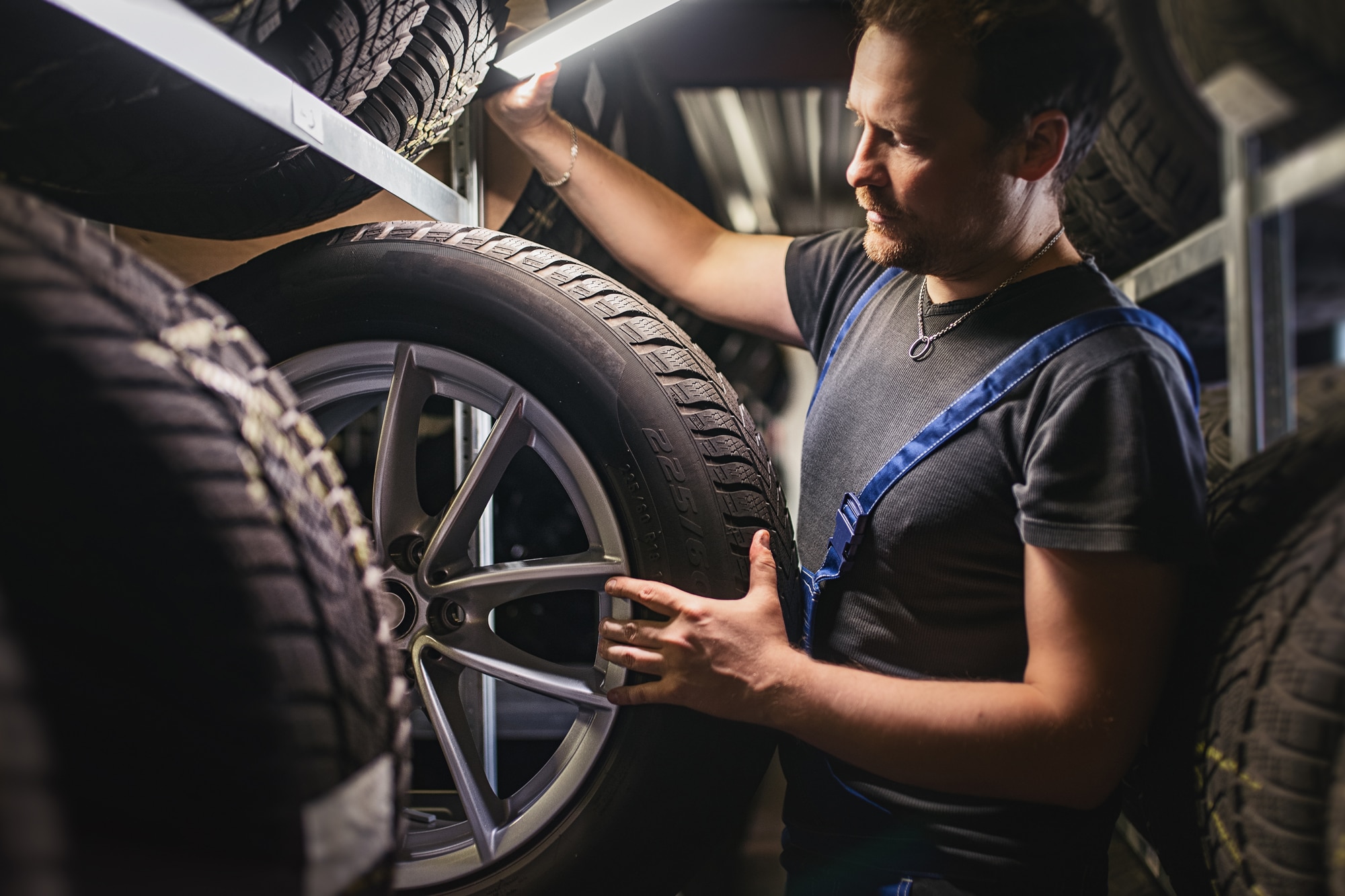Everything You Need to Know About Summer Tires
Added performance comes with several tradeoffs.
 Shutterstock
Shutterstock
Like winter tires, it’s obvious which part of the year you should bring out summer tires. But how do they differ from other tires, and do you need them?
What is a Summer Tire?
As you’ve likely guessed, a summer tire is designed for use in warm weather. Its rubber compound can stand up to, and give plenty of grip on, hot roads. For this reason, summer tires are a staple of performance driving and are often found on sports cars. They also tend to have more internal reinforcement than other tires, which contributes to a stiffer ride. But their emphasis on grip and dry-road traction may come at the expense of wet-weather performance: as you move up the summer-tire ladder (with confusing categories such as high performance, ultrahigh performance, max performance, and extreme performance), you’ll trade away more wet grip for greater competence on dry surfaces.
How Long do Summer Tires Last?
A summer tire will likely last between 20,000 and 40,000 miles, or about half the lifespan of an all-season. This is down to both the grippy compound and the fact that summer tires often have thinner tread blocks and thus less material to wear through. Also keep in mind that summer tires rarely come with treadwear warranties. In addition, the more aggressive the summer tire, the shorter its life expectancy.
How are Summer Tires Different From All-Season Tires?
Summer tires put performance before comfort and longevity, while all-seasons attempt to be the only tire you need (and that’s the case as long as you don’t drive in cold conditions—that’s where winter tires come in). The two differ in tread design, rubber compound, and construction. That said, there’s no real standard for how manufacturers categorize tires, and there is some crossover between performance-oriented all-seasons and the least aggressive summers.
Can You Use Summer Tires in Winter?
You shouldn’t subject summer rubber to cold temperatures. The hot-weather compound will freeze up like a block of ice in winter conditions (i.e., temperatures below 45 degrees Fahrenheit). Also, the shallow tread lacks the features of a winter tire that grabs frozen roads and expels snow from the blocks. If safety weren’t enough of a reason to avoid using summers in the wrong season, know that cold temps reduce the life of the summer tire, as well.
What Pressure Should You Set Summer Tires To?
As long as you’re using summer tires that are the same size as the rubber that came with your car, the recommended pressure shown on the label on the driver’s-side door jamb will work fine. When driving on a track at high speed, it can be helpful to raise the cold tire temperature by a few psi to account for added stress and deflection. The number will depend on the tire’s speed rating and the speed you plan to drive. Check your owner’s manual for inflation information, and be sure to stay below the maximum pressure written on the tire’s sidewall.
Written by humans.
Edited by humans.
 David Gluckman
David GluckmanDavid Gluckman has over a decade of experience as a writer and editor for print and digital automotive publications. He can parallel park a school bus, has a spreadsheet listing every vehicle he’s ever tested, and once drove a Lincoln Town Car 63 mph in reverse. When David’s not searching for the perfect used car, you can find him sampling the latest gimmicky foodstuffs that America has to offer.
Related articles
View more related articles